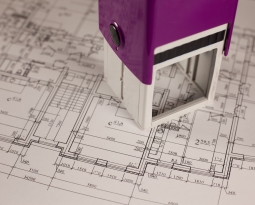Mechanical Ventilation (Extractors, MVHR, Air Handling) Mechanical ventilation systems such as bathroom, kitchen and cooker hood extracts must be switched off before being temporarily sealed for the test.
Trickle Vents Trickle vents shall be closed and can be temporarily sealed. It is common practice for temporary sealing not to take place with trickle vents closed. Closed trickle vents have minimal impact on the overall air permeability. Should the building fail to meet its intended DAP, trickle vents shall be sealed.
Air Conditioning Air conditioning grills can be sealed internally. It is important to check and confirm that the air conditioning is switched off during the test.
Passive Ventilation Passive Ventilation, such as air bricks to outside, passive stacks and sub floor ventilation systems should be temporarily sealed for the test. Ventilation grills (leading into boiler cupboards for example) should not be sealed.
Chimney Flues Chimney Flues can be temporarily sealed for the test as these items are accounted for in the SAP calculation.
Door Template There may be occasions where the door template does not fit cleanly into the doorframe. It is acceptable to temporarily seal around the doorframe to ensure there is no leakage through the set up area.








